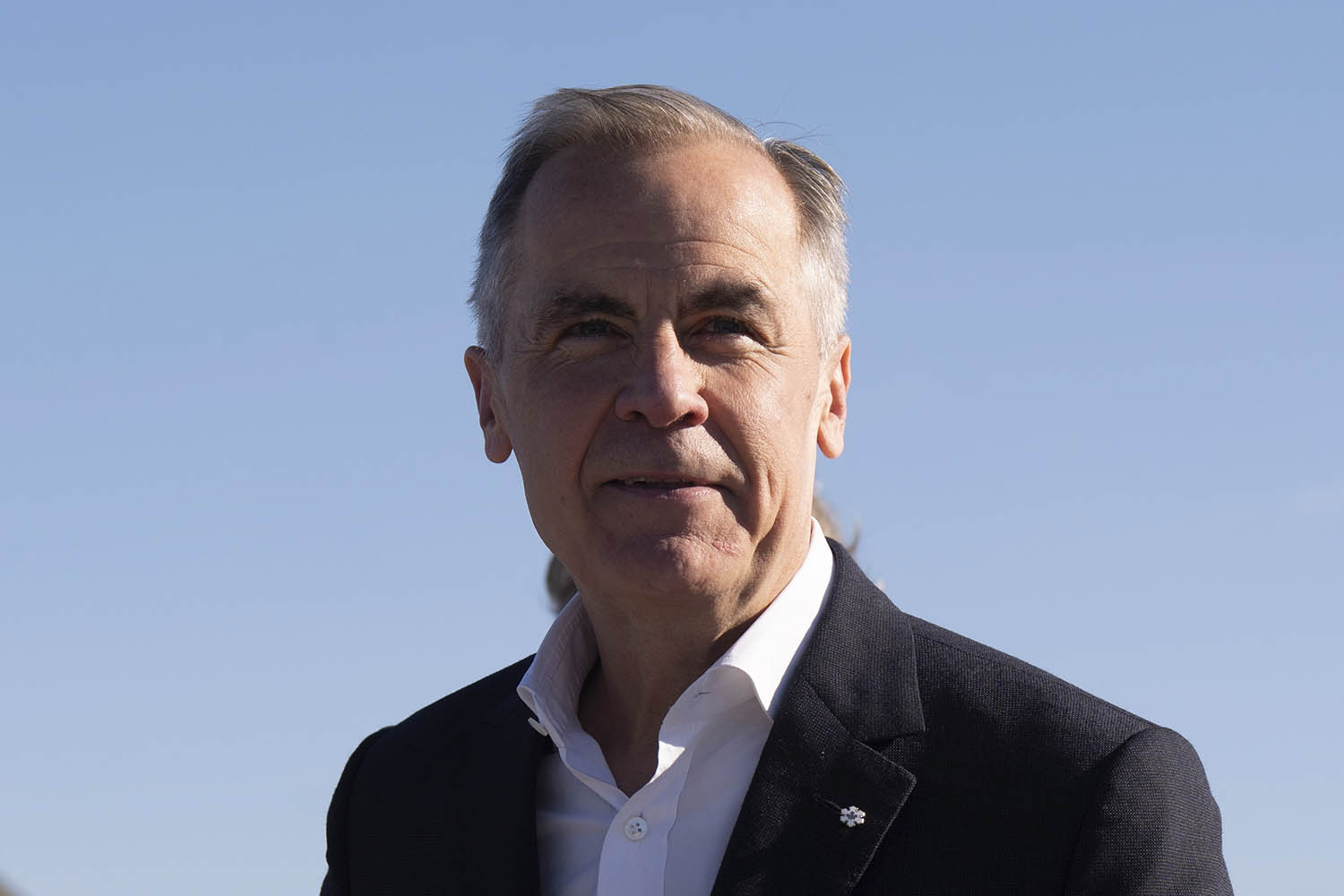When Canada went to the polls last month, the centre-left government felt immigration had grown at a “rapid and unsustainable pace, with our housing and social infrastructure failing to absorb all the people arriving”.
Numbers would come down, Mark Carney promised. But there was no talk of “incalculable damage” or fears that the country would become an “island of strangers”. Instead, Carney’s manifesto spoke of the strength of “diverse communities”, which had brought “new businesses, innovations, cultures, religious plurality, and a strong, well-educated labour force”.
He laid out a plan that would both “attract the best talent in the world” and “prioritise the world’s most vulnerable”. Asylum seekers would be offered legal aid, while migrants already in Canada would have the chance to bring in family members.
Carney’s victory had little to do with immigration – and that’s the point. Despite the higher levels of immigration Canada had experienced since the pandemic, people weren’t that concerned. Just 5% of voters said it was a major issue.
It is rare to find a centre-left or centre-right party willing to make the case for immigration, but the Liberal party’s support for a planned and humanitarian immigration policy shows it can be electorally successful. That’s because most people don’t have a problem with most immigration. “Attitudes towards immigration have moved in a liberal direction in most western countries with large migration flows,” says Rob Ford, professor of politics at Manchester University. “More people say the economic and cultural impacts are positive.”
Last month, a study of 20,000 people across Austria, the UK, Italy, Poland and Sweden found broad support for offering undocumented migrants a route to legal status. The results showed that even in countries with strong populist or far-right parties, more liberal immigration policies could be popular.
‘The public understands the need for migrant labour and that refugees should be protected’
Martin Ruhs, professor of migration studies
“The public understands the need for migrant labour and that refugees should be protected,” said Martin Ruhs, professor of migration studies at the European University Institute in Florence, who co-authored the report. “But this needs to be done in a controlled system.”
In recent years, centre-left and centre-right parties have struggled to make this case, with many of them deciding to ape the language of the hard and far right to little electoral end. In the Netherlands the VVD’s move to the right on immigration did not stop Geert Wilders winning the most votes at the 2023 election, while in France Emmanuel Macron’s abandonment of the pro-refugee policies he proudly stood on in 2017 have done nothing to stop him losing support to Marine Le Pen’s National Rally party.
Denmark is sometimes hailed as the exception. Mette Frederiksen’s Social Democrats have moved dramatically to the right on immigration, seen off the threat from the Danish People’s Party and remained in power. But for every vote they gained from the radical right they lost to parties on the progressive left.
“What is enough for a radical right migration voter?” asks Ford. “Nothing. Every single effort by a centre-left or centre-right party to wrestle the ball away from a Farage or a Meloni has failed.”
Yet it’s a model that the Labour party has followed for decades. The 1968 Commonwealth Immigrants Act barred East African Asians from coming to the UK, while in 2007, the home secretary John Reid brought in legislation targeting what he described as “foreigners [who] come to this country illegitimately and steal our benefits”. It’s worth noting that on each occasion Labour lost the next election.
Let’s return to Canada. The government’s Immigration Levels Plan for 2025 allows for 395,000 new permanent residents while 670,000 permits will be issued for temporary workers and international students. That’s more than 1 million new arrivals in a country with a population of 40 million. Or put another way, a far higher number than the UK, despite having a far smaller population. And yet the Canadian government is trusted on migration, while the British government is not.
The key difference isn’t the number: it’s that one country’s migration policy is planned, the other’s is not; that one country is willing to make the economic and moral case for migration, the other is not.
Since the end of the Second World War, parties in the UK have tended to look to America for political inspiration. That’s not happening right now. But if Labour is looking for electorally popular policies, it could turn its gaze further north.

